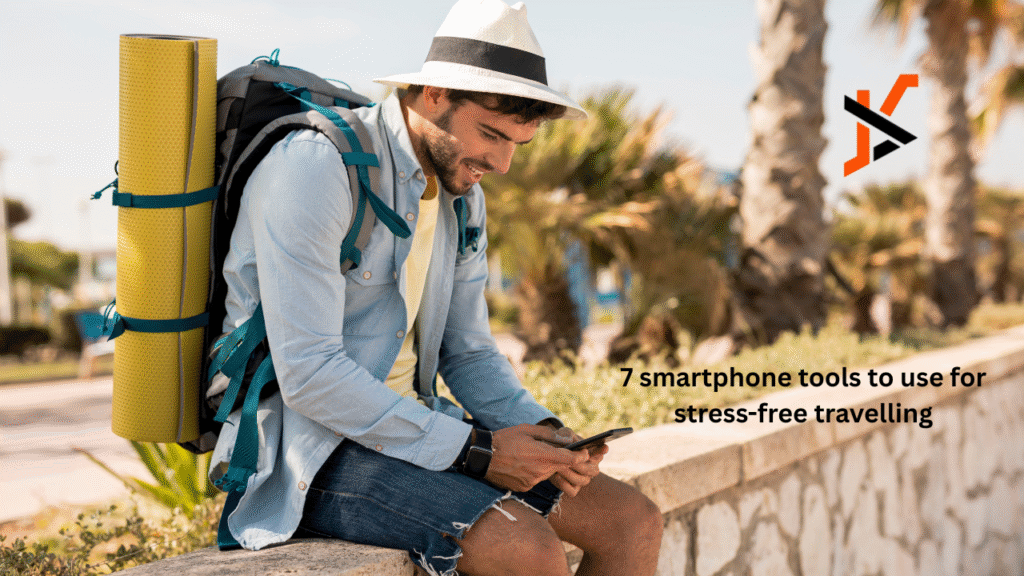Travelling is easier than ever with the help of your smartphone. From navigating a new city to managing your finances, there’s an app for nearly every aspect of travel.
Whether you’re planning a coastal escape or booking a spontaneous city break, here are seven smartphone tools to help make your trip stress-free.
1. Real-time navigation
With tools like Google Maps and Apple Maps, navigating unfamiliar streets is simple. You can easily find your way to landmarks, restaurants and hotels while receiving real-time traffic updates. This ensures that even in a busy city, you won’t get lost.
2. Language translation tools
Language barriers can be stressful, but translation tools like Google Translate make communication much easier. Wherever you are, you can translate text or have real-time conversations with locals using your phone. This can help you understand menus, ask for directions or book tickets without a hitch.
3. Updates and alerts
Do you want to avoid missing important travel updates? Then it’s worth spending a little bit of time setting up real-time notifications on your phone. They can keep you updated on flight statuses and delays, helping you stay organised and informed throughout your journey.
4. Weather forecasting
Sites like the Met Office provide accurate forecasts for a huge range of destinations across the world. Checking the weather before your trip can make a huge difference, allowing you to pack appropriately and plan each day’s activities without worrying about the temperature or conditions.
5. Digital payment tools
Digital wallets such as Apple Pay and Google Pay can help simplify payments you make abroad. As long as the places you’re visiting support contactless, you can pay for things directly from your phone. Remember to check for foreign transaction fees, charges and transaction limits before you travel.
6. E-SIM for data
You can avoid expensive roaming charges by using an E-SIM. Essentially, this is a digital SIM card that lets you switch to local networks without needing a physical SIM. This means you can stay connected with people back home and save money on mobile data while travelling.
7. Social media for local recommendations
Social media platforms are fantastic for discovering local hotspots. Whether you’re looking for a trendy café, a must-see museum or the best sites to see in town, you can find real-time recommendations and reviews from fellow travellers and locals.
Thanks to tools like these, smartphones have the potential to make your travel experience smoother and more enjoyable.
So, why not take advantage of the incredible technology at your fingertips next time you head off on an abroad adventure?
Beyond these tools, it also helps to think about how you use your phone during the trip. A bit of preparation goes a long way. Before you leave, download offline maps, save important documents in a secure folder and back up your photos. This gives you peace of mind if your signal drops or you run into patchy Wi-Fi.
It is also worth setting up a dedicated travel folder on your home screen. Keep all your key apps in one place so you can access them quickly when you need them. This might include your airline app, booking confirmations, city guides and any transport passes. When everything is organised, you spend less time scrolling and more time enjoying the journey.
Another handy step is to turn on battery saver modes or carry a portable charger. Navigation, translation and photo apps can drain your battery faster than you expect, especially on long days out. Staying powered up means you can keep using your phone without worrying it will switch off at the wrong moment.
Finally, remember that a smartphone is a tool, not a replacement for the moment you are in. Use it to support your plans, not dictate them. Snap photos, get directions and check details, then slip it back into your pocket and enjoy the place around you. A balanced approach helps you stay connected while still feeling present in your travels.

